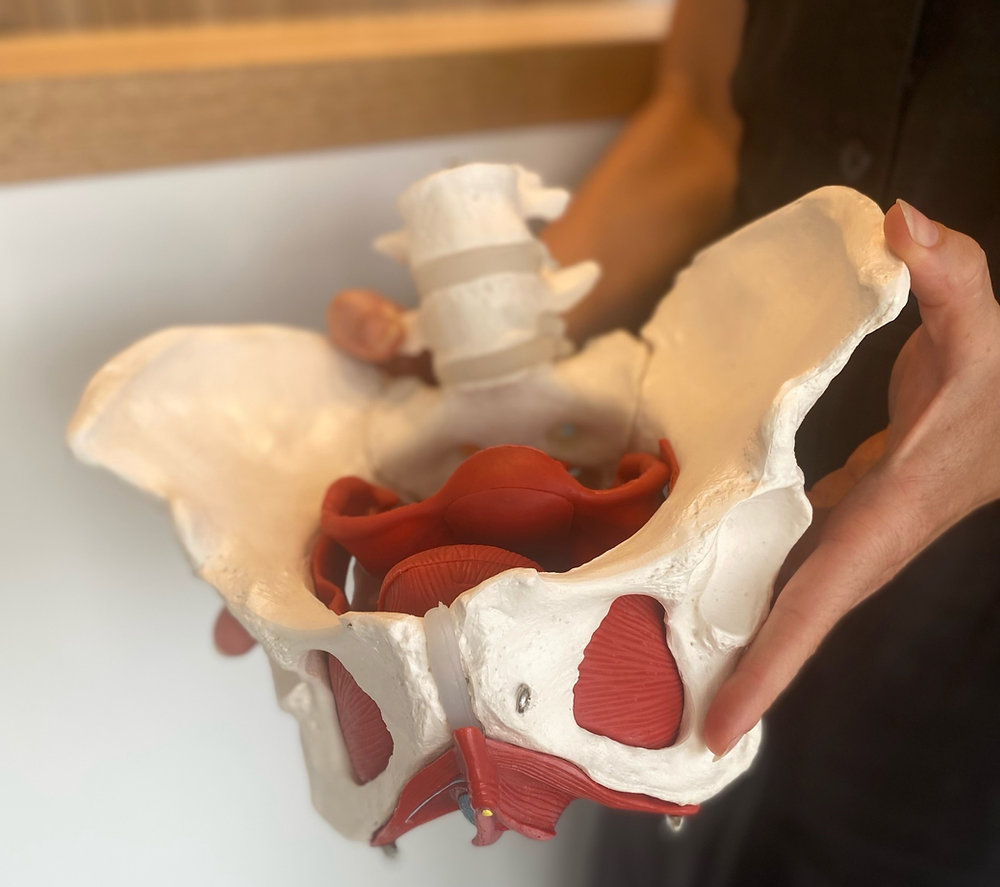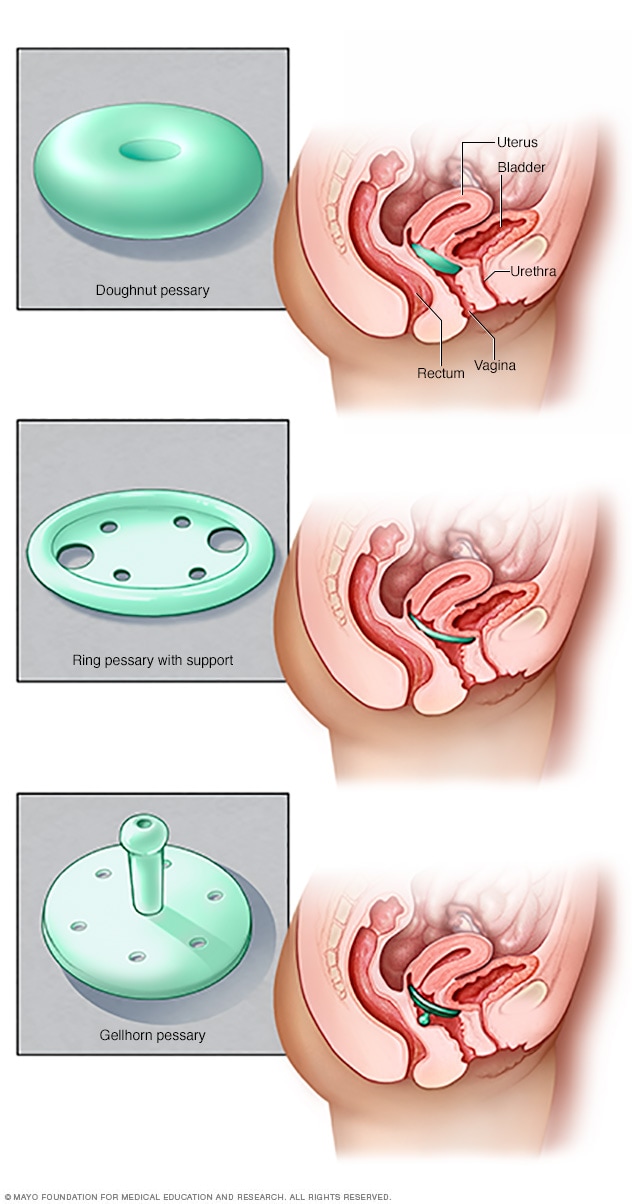– The shape of the pelvis can impact the ease or difficulty of vaginal birth.
– There are four main pelvis types: gynecoid, android, anthropoid, and platypelloid.
– The most favorable pelvis type for a vaginal birth is the gynecoid pelvis.
– The android pelvis can make labor difficult, potentially requiring a C-section.
– The anthropoid pelvis is narrower than the gynecoid pelvis and labor may last longer for pregnant women with this pelvis type.
– The platypelloid pelvis shape can make vaginal birth difficult, often resulting in the need for a C-section.
– Hormones released during pregnancy relax pelvic joints and ligaments, aiding in labor and delivery.
– Factors beyond pelvis shape can affect the ability to give birth vaginally.
– Various health conditions can affect the pelvis and surrounding muscles, including flat pelvis, pelvic organ prolapse, sacroiliitis, osteitis pubis, and pelvic fractures.
– It is recommended to speak with a doctor if there are concerns about how the shape of the pelvis might affect childbirth, as well as if there are persistent or recurring pain or pressure in the pelvic area, problems with urinary or fecal incontinence, pain during sex or while using the bathroom, and feeling like something is coming out of or bulging from the vagina.
Continue Reading


